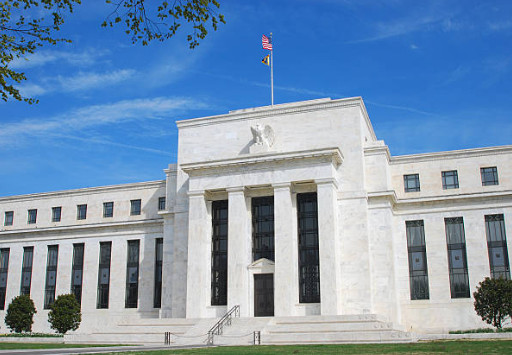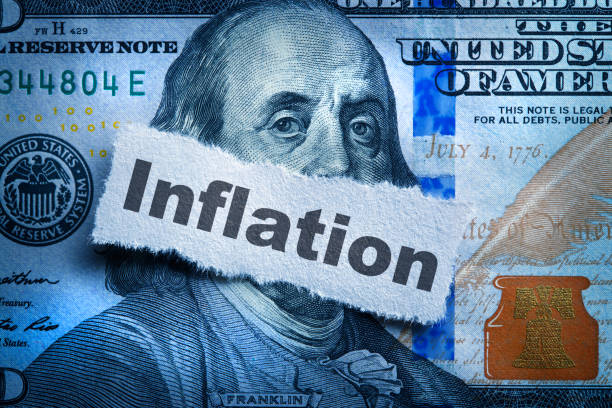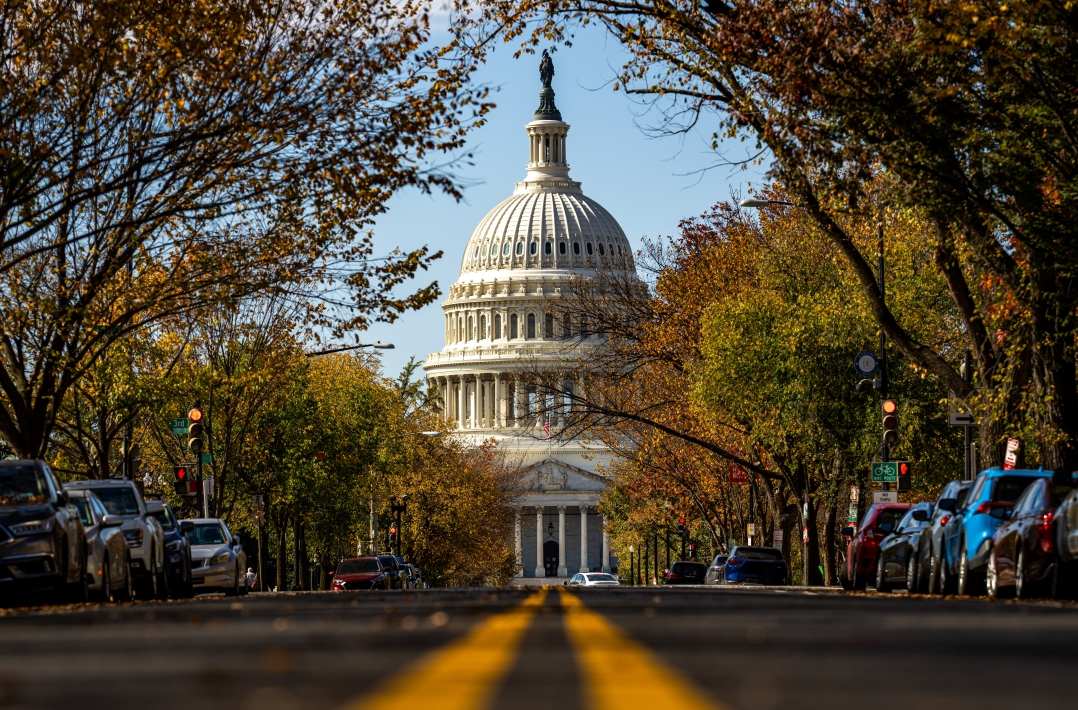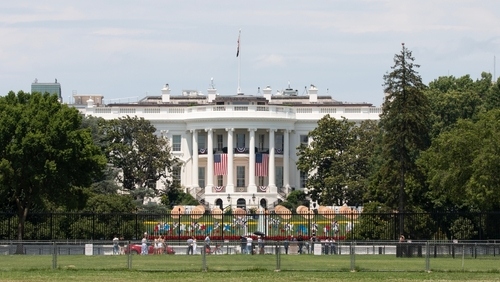Fed Officials' Mixed Views Keep Focus on Jobs Data


TradingKey - Dallas Federal Reserve President Lorie Logan stated on Thursday that the Fed may need to keep interest rates at their current levels for an extended period unless the labor market weakens significantly. Logan also suggested that rates are near a "neutral" level, limiting room for reductions. While she does not have FOMC voting rights in 2025, her stance aligns with recent comments from Fed Chair Jerome Powell.
Last week, the Fed held its short-term policy rate steady at the 4.25%-4.50% range, citing slower-than-expected progress in curbing inflation. Powell signaled that the Fed is in no rush to cut rates again, emphasizing that further easing would only be considered if inflation declines further or if the labor market weakens.
Thursday’s data showed that initial jobless claims remained broadly in line with pre-pandemic levels. Meanwhile, the ADP employment report indicated that private-sector hiring remained healthy in January. Both reports aligned with Powell’s recent characterization of the labor market as "fairly stable."
Seasonally adjusted initial jobless claims showed a slight uptick, driven by increases in California and New York. Economists noted that despite disruptions such as wildfires in California and layoffs at Boeing, overall jobless claims remain at relatively low levels.
However, corporate layoffs could pick up in the coming months. Over the past week, several major companies, including Workday Inc., General Motors, and Estée Lauder, have announced job cuts.
Andrew Challenger, Senior Vice President of Challenger, Gray & Christmas, said in a statement that while January saw fewer layoff announcements, major layoffs in early February suggest the trend may not last.
Meanwhile, Chicago Fed President Austan Goolsbee took a more dovish stance, asserting that the U.S. economy is at full employment, growing steadily, and experiencing easing inflation—conditions that would allow the Fed to continue gradually lowering rates. However, he cautioned that uncertainties related to tariffs and other policy shifts may slow the pace of rate cuts.
Goolsbee expressed growing confidence in the U.S. economy and noted that the risk of rising unemployment due to monetary policy tightening has diminished.
Although overall inflation has not declined significantly over the past six months and remains about 0.5 percentage points above the Fed’s 2% target, Goolsbee attributed this to base effects from last year’s elevated levels. He expects these effects to fade in the coming months and points out that underlying inflation components suggest easing price pressures.
The U.S. Labor Department is set to release the January nonfarm payrolls report on Friday, with economists expecting a slowdown in job growth. Investors are closely watching the data for further insights into the Fed’s policy trajectory.







